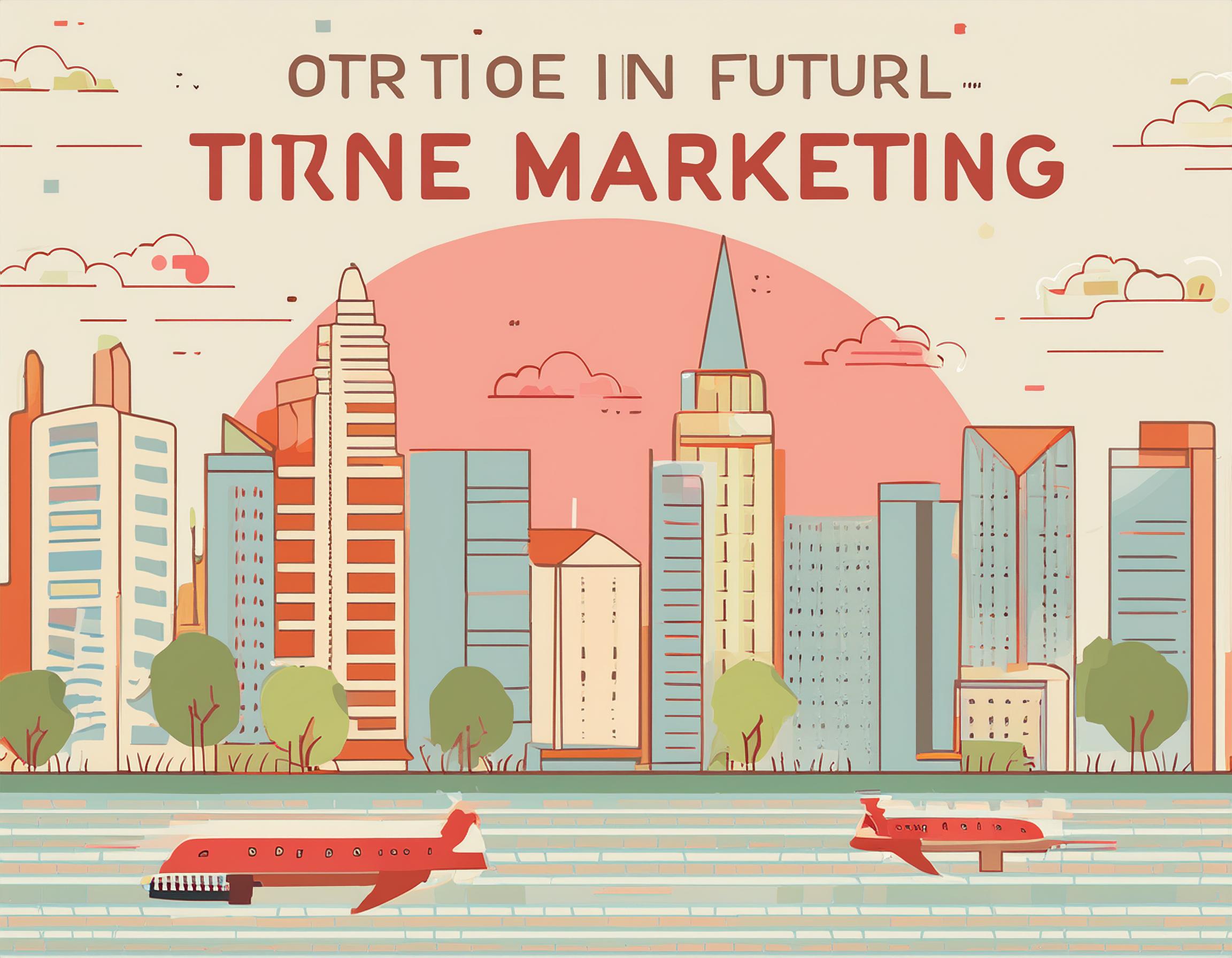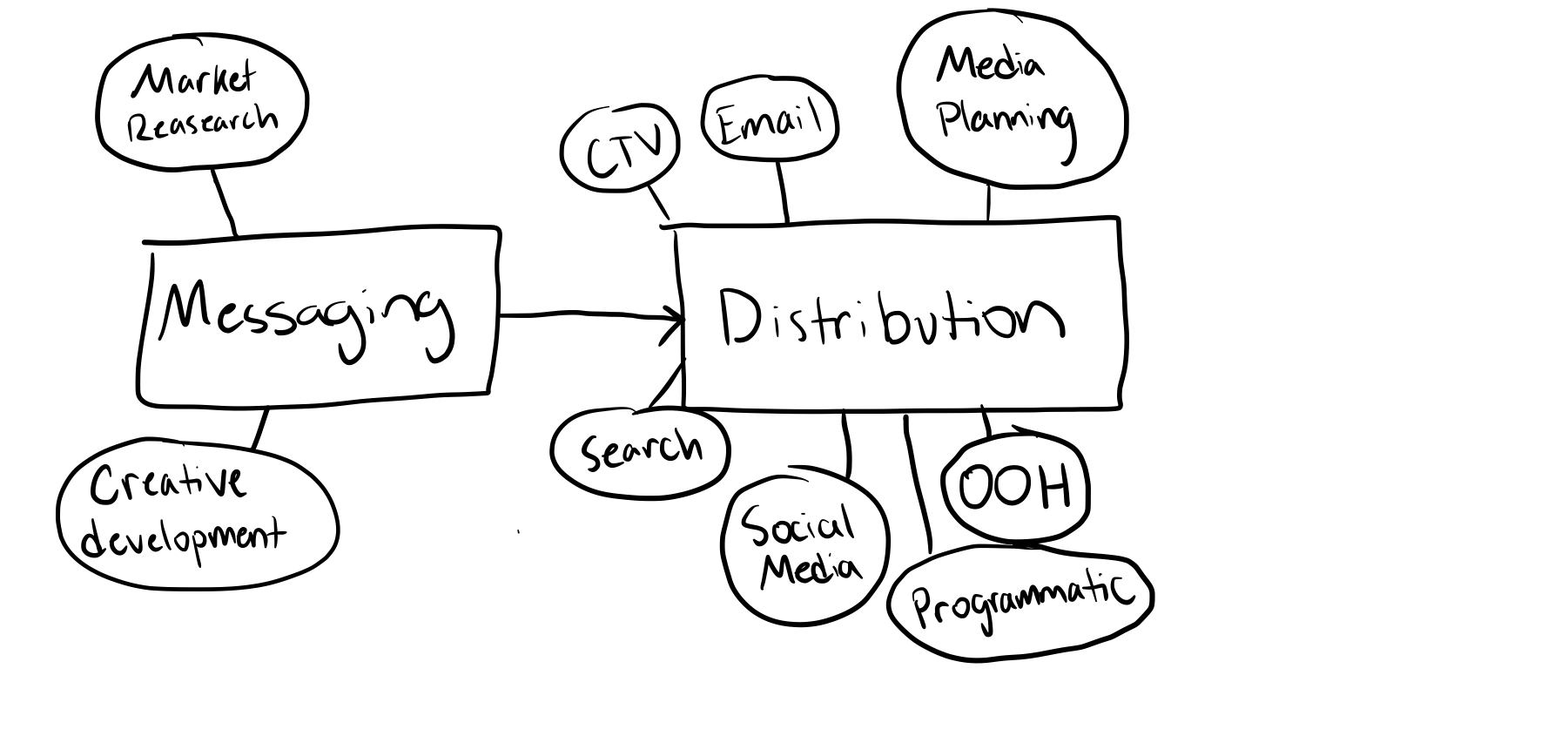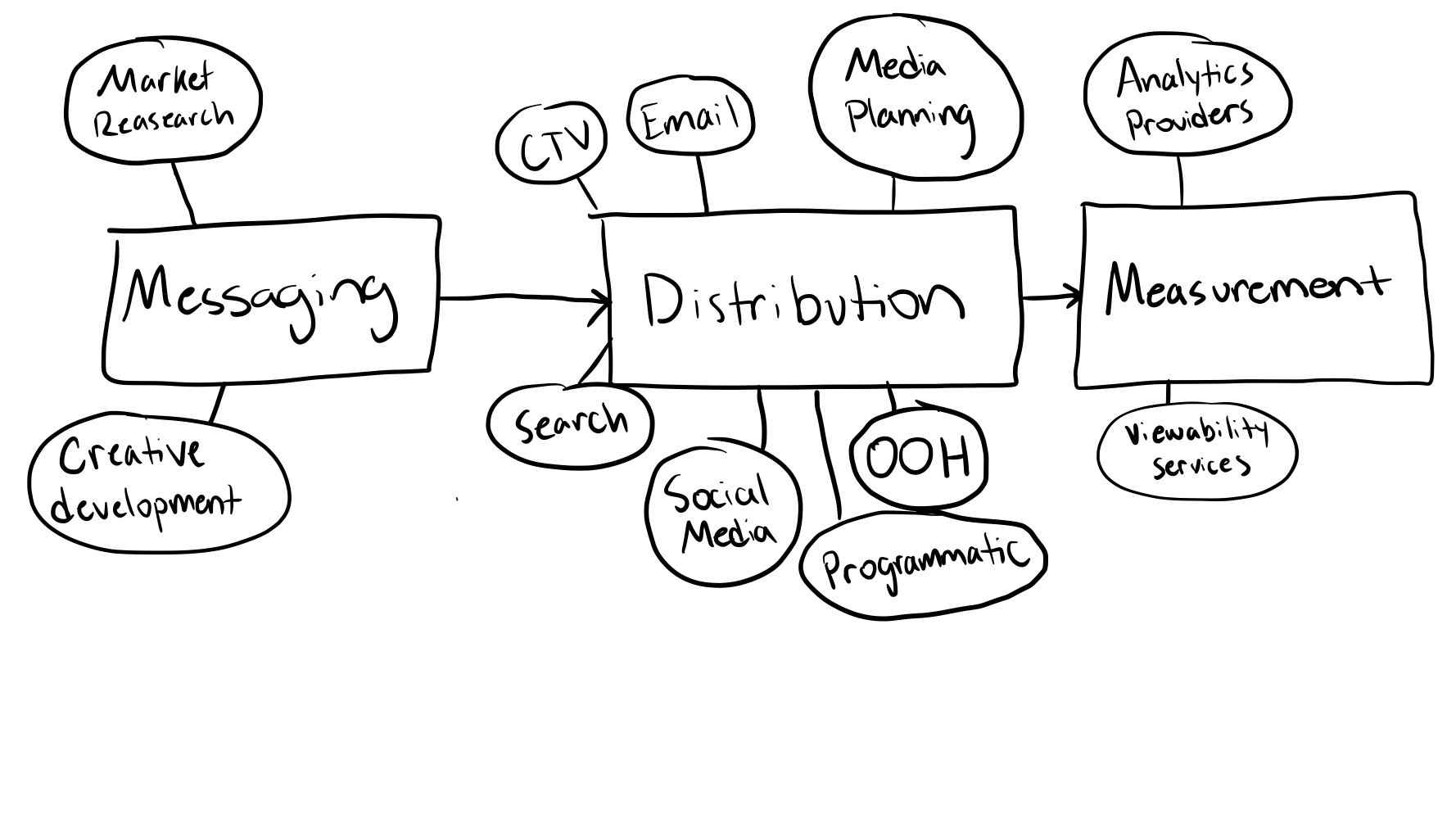AI in Marketing 1: Industry Overview
 Adobe Firefly generated image (generate a cover image for my article on the future of AI in marketing)
Adobe Firefly generated image (generate a cover image for my article on the future of AI in marketing)
The excitement around Large Language Models has created a massive buzz around the future of AI and its applications in marketing processes. As with any technology it can be hard to parse out what is truly valuable to a business vs what is hype. The goal of this series is to take a look at the marketing value chain and predict where new AI technologies will lead to massive leaps in marketing capabilities and where they are likely to be inconsequential or worse, have a negative impact on your marketing.
This series will not just provide a high level overview of different AI systems but actually explain their inner workings at a technical level. Allowing you to make fully informed decisions based on an in depth understanding of the strengths and limitations of different AI technologies.
First, we will look high level at the marketing value chain today then identify areas where AI is already being widely used and discuss how those AI systems are built in practice. Then we will look at generative models such as Firefly and Dall-E and evaluate where they have the opportunity to disrupt the marketing industry. Along the way we will also explore bleeding edge AI techniques being used in other industries and the potential they may have to reshape marketing in the future.
In this article we will take a high level look at the marketing value chain before diving into specific areas. When discussing applications of AI, it is helpful to view marketing through three key phases. Messaging, distribution, and measurement.
Messaging
 Messaging is the creation of messages that you use to sell your product. The message is the core piece of information you wish to relay to your audience to drive them to purchase your product or service. It can take many forms such as audio, video or still but the core message remains the same no matter the medium.
Messaging is the creation of messages that you use to sell your product. The message is the core piece of information you wish to relay to your audience to drive them to purchase your product or service. It can take many forms such as audio, video or still but the core message remains the same no matter the medium.
Distribution
 The second key phase is distribution. Distribution is the process of finding efficient and effective channels to deliver your message to consumers. In some ways distribution and messaging are cyclically linked in terms of creative development. But for the purpose of this article we will consider them as separate.
The second key phase is distribution. Distribution is the process of finding efficient and effective channels to deliver your message to consumers. In some ways distribution and messaging are cyclically linked in terms of creative development. But for the purpose of this article we will consider them as separate.
The distribution industry is primarily dominated by companies providing channels (publishers), channel activation (media agencies), and channel selection services (media agencies). The companies also tend to blend into the measurement phase though the technology stack is different for the two phases so we will consider them as separate.
Measurement

The final phase is measurement. Measurement is about quantifying the success of your advertising. Often distribution partners provide their own measurement solutions, however advertisers also rely on 3rd party measurement solutions or their own in house measurement technology. The next article will go in depth on key metrics and attribution models that advertisers use to determine success.
Looking Ahead
In future articles we will look at how AI is currently implemented in each phase of the value chain and what technology is on the horizon. In Messaging we will look at new technologies like automated creative generation and localization. In Distribution we will look at:
- CTV Automatic Content Recognition technologies that help generate contextual targeting solutions
- Budget Optimizers to determine optimal budget allocations across platforms, countries, and tactics.
- Personalization technology that is used to cater experiences to individuals rather than one size fits all.
- Multi Touch Attribution models allowing advertisers to more accurately track conversions across multiple touch points.